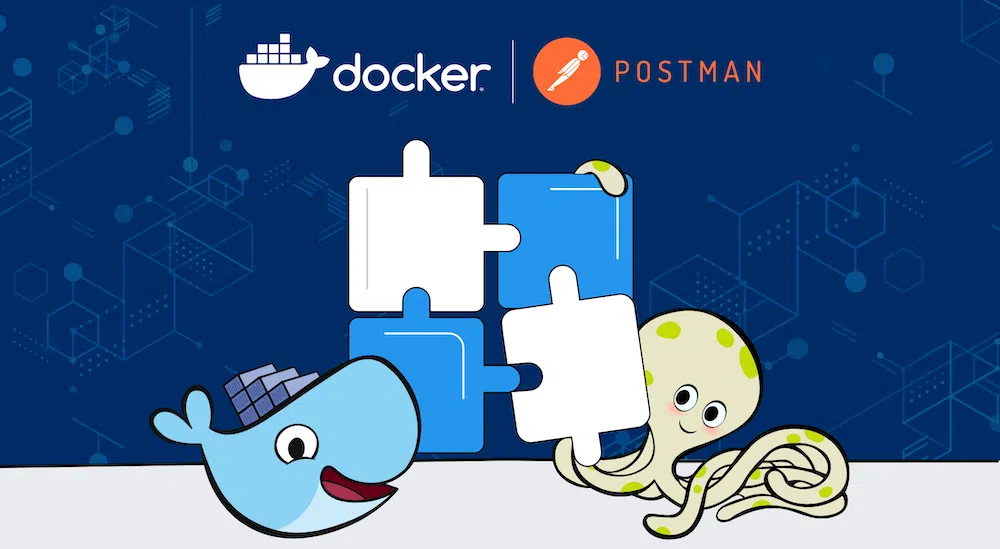An employee that is highly engaged will think, feel, and act in a manner that reflects greater levels of commitment toward the organization and higher levels of employee encouragement. Their contributions are always made to the extent of their abilities in order to contribute to the success of the organization. In addition, they always motivate others to follow in their footsteps. Through this process, they gain a deeper understanding of the company’s mission, vision, services, and workflow. This will enable them to work along the process with a high level of quality.
Every organization wants overall employee engagement. There are majorly three components of employee engagement:
- Intellectually Engaged: With a notion of a positive view of their relationship with the company, employees tend to improve the company with their new, creative, and innovative ideas.
- Emotionally Engaged: Employees are proud, passionate, and enthusiastic about the company and the work they do in there.
- Behaviorally Engaged: When the employees are emotionally engaged with the company, they can go above and beyond the company, customers, and their team members while advocating on behalf of the company while being loyal.
Elements of Employee Engagement:
When we talk about Employee Engagement in an organization, there are several factors of the employee engagement process that we need to look upon:
- Commitment: Commitment is the degree to which the individuals have associated themselves with the job, responsibilities, and the company’s objectives. Engaged employees means individuals who are committed to facing every challenge to achieve the goal. They are reliable and accountable for what they do.
- Motivation: It is believed that achievement is the biggest motivation and vice-versa. When the employees put their maximum efforts into the company the attained motivation plays an important role in success. Proper recognition plays an important role in achieving success at the next level.
- Loyalty: Those employees who are more engaged in their work are more loyal to the organization. The positive part of that is they are completely accountable for what they do, they do not need the attention of the managers to do their work.
- Trust: Successful employee engagement can prevail when trust is fostered from both sides. An organization that shares an emotional bond with the employees should trust their abilities. Employees should be given the autonomy to perform their tasks in their own way so that their creativity and innovation self of theirs should also be motivated.
Phases of Employee Engagement Process:
As it is evident that Successful Employee Engagement is a long-term process and goes through various phases describing the level of engagement belongingness, attachment, and involvement between the organization and employees.
The phases are:
- Attract: the very initial phase of the employee engagement process is attracting the best talents from the industry. Attractive and positive work culture plays a key role in this step. It’s all about creating a genuine, authentic, and crafted image of the organization.
- Acquire: This phase of the employee engagement process involves more than one thing. The first thing is the way the potential candidates interact while advertising the position. The second thing is keeping up with the promises that are done at the time of hiring them and the third thing is to provide the new joiners with a positive and well-managed work culture.
- Advance: This step includes promoting the employees to higher designations with a higher salary which is the most important phase of the employee engagement process as it is depending upon the work that the employee does this also motivates them to work harder, and more efficiently and leads to employee encouragement.
3C’s of Employee Engagement:
- Career: It is very obvious that when an employee joins the organization they expect to build a career with it. If they will constantly be provided with support and help, they feel improving and engaged at the same time. They should be given a specific level of authority to take their decisions on their own so that they should feel independent and valuable.
- Competence: Competence simply means the ability to grow. There must be small workshops and training sessions for the new employees not only in terms of work but also from the perspective of personality development. This competence is important for them to grow their career as well as promote themselves in terms of designation, wages, and perks.
- Care: Care is the finest art from the managers that can be done towards the employees to make them feel that they are valuable and worthy of the organization. This also helps in building emotional engagement. The management needs to be empathetic and sensitive to understand their personal problems so that they can have a bond and can share their problems.
Outcome: So, what you get out of all these processes:
- Proficient Work
- Team Interaction
- Customer Satisfaction
- Highly Productive
- Increased Company Performance
Finally, this can be summed up as in order to make your organization successful in the fast-paced era, we must value the most important resources that is, employees of the company, and should focus on employee engagement strategies for successful employee engagement.









